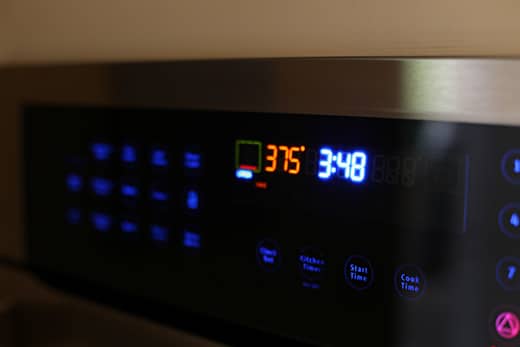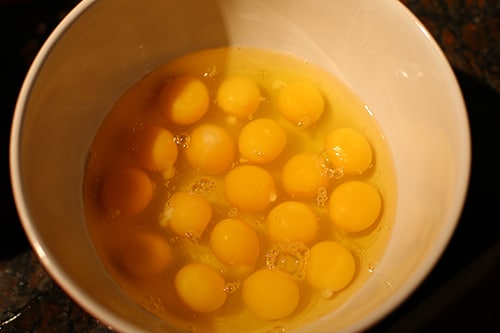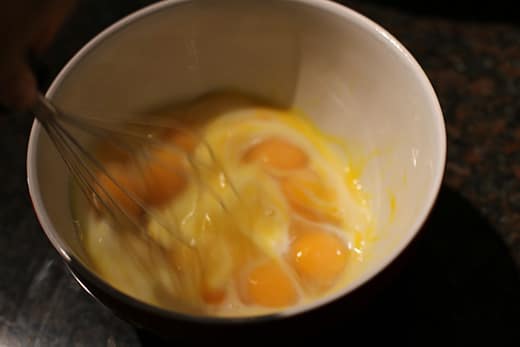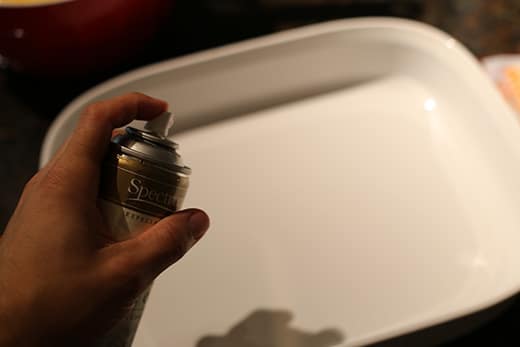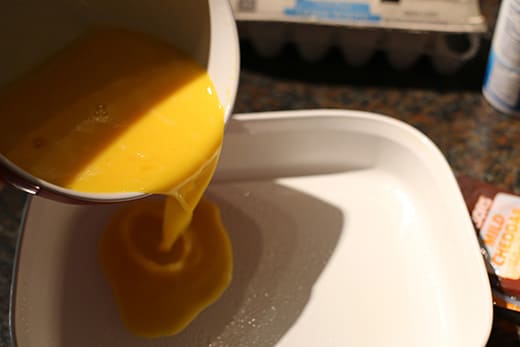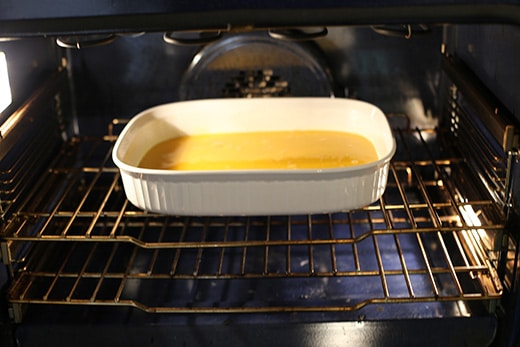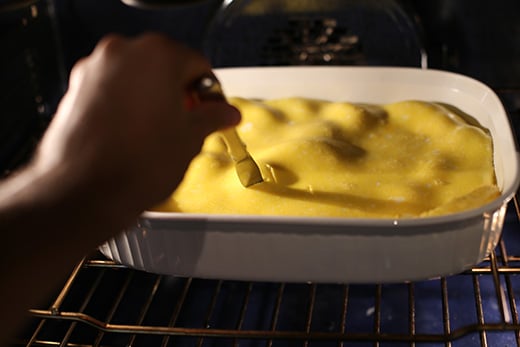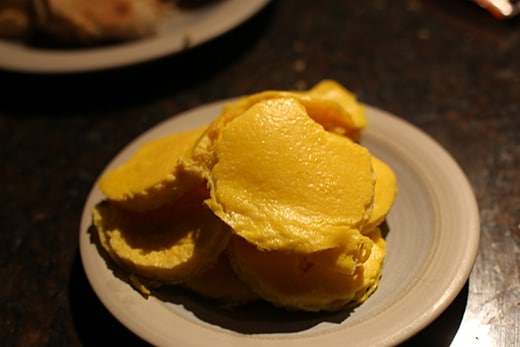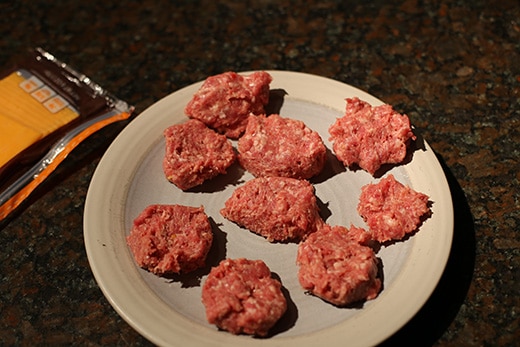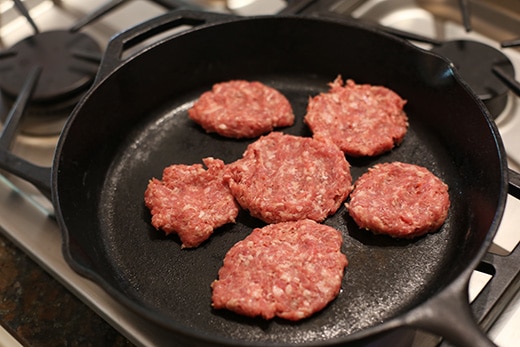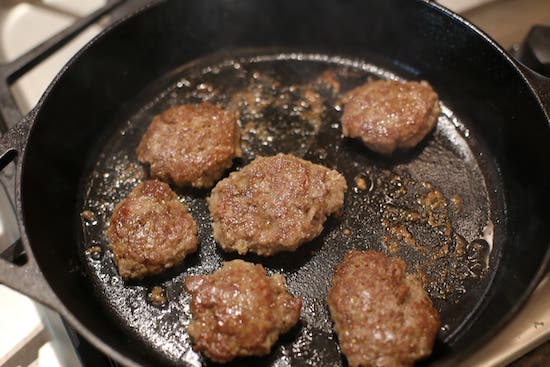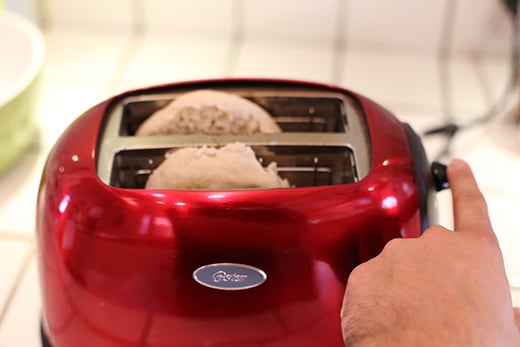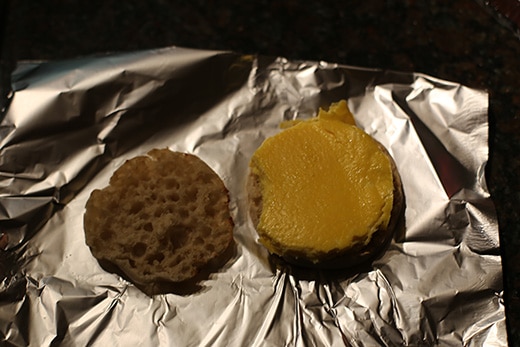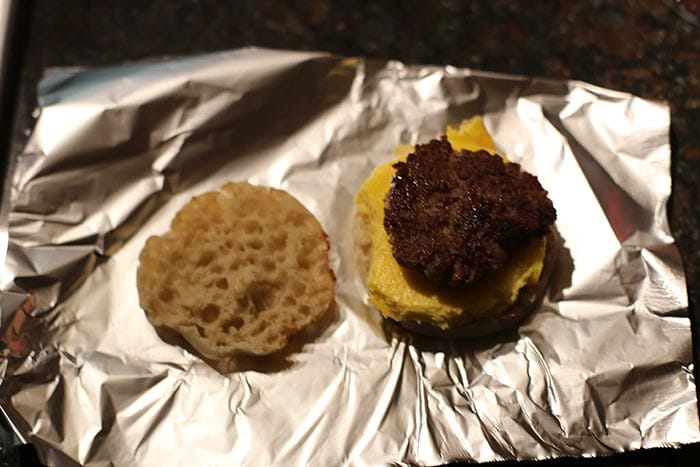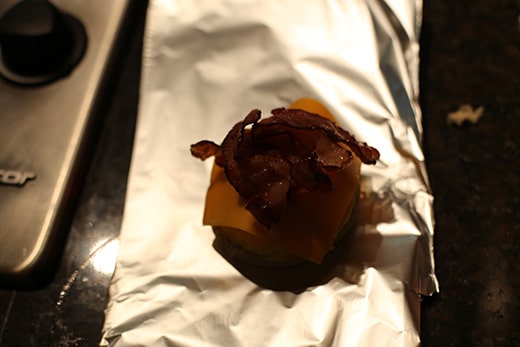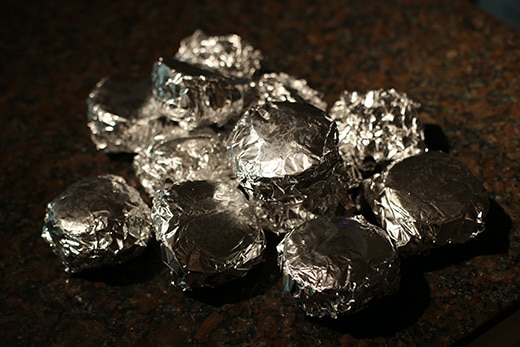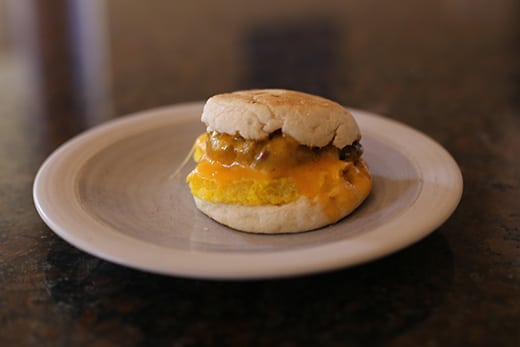
Readers, say hello to the first brand new sewing machine I've ever purchased!
It's a Janome, model 14412, a lipstick pink Hello Kitty.
You may recall from
an earlier post that I was curious about what kind of new sewing machine I could get for approximately $100 or less. I chose the Janome 14412 because she is virtually identical to the Janome 2212, a somewhat more expensive model that has gotten excellent reviews around the internet.
I don't know if the Janome 14412 is exclusively a Target model, but the name Target does appear on the box. I purchased my machine through Ken's Sewing Center in Alabama, via
eBay, for just $99.99, with no additional tax or shipping costs.
I have no relationship with Janome and this isn't a sponsored post. (It's also not an April Fools joke.) I wanted to perform an experiment. I interact with many different kinds of sewers, and I've come to realize that many are not open to vintage machines -- especially not at the beginning. I want to be able to recommend, from first-hand experience, a model you can find at a Target or Bed, Bath & Beyond (in the USA). It takes time to hunt for an old machine and not everybody has the time or the inclination. New machines have their allure. They don't need rewiring or constant oiling and they don't smell like burning dust.



Like any machine, the Janome 14412 has its pros and cons. Let's start with the pros.
PROS
The Janome is a relatively quiet, relatively smooth, fully mechanical zigzagger. The 14412 has a somewhat hollow mechanical sound compared to my Bernina 930, but it weighs half as much -- about 13 lbs -- and it's not engineered and manufactured in Switzerland. It starts and stops smoothly and I find its pedal responsive. It has a .6 amp motor. You won't mistake it for a Singer 201, but it provides a pleasant sewing experience.
The 14412 has metal casting, which I understand to mean that the inner frame is metal. It does not bounce or shake
at all. It feels solid despite being mostly plastic.
Pink plastic.
It stitches beautifully. I did side-by-side comparisons with my Bernina 930 and there was virtually no difference in stitch quality. The stitches are extremely straight (as opposed to somewhat angled). It performs straight stitch, zig zag, as well as a few utility and stretch stitches -- all the basics.



I am extremely fussy when it comes to thread tension. I usually calibrate tension by stitching the longest stitch length down a single layer of my most fragile fabric. There should be no gathering and stitches should look balanced (I generally use different colored thread above and below to help test this). Even after adjusting the top tension, I found the bobbin tension to be slightly tight, so I loosened the screw on the bobbin case. That was the only adjustment I needed. Naturally, if I'm sewing through something very thick, I might raise the top tension to pull the bobbin threads up through many layers. But the bobbin thread should not have to be adjusted.
In the pic below, the three lines of stitches on the right are the Janome; the line on the left is my Bernina 930.

You can see me sew on it
here.
I didn't buy this machine because it is cute but, let's face it, it
is cute. (Though honestly, Hello Kitty means nothing to me.) It's also lightweight and easy to carry (it has a handle). Since my machines are always out, I didn't need a hard case and it doesn't come with one.
The Janome comes with a handful of snap-on presser feet. If you're getting this machine, I recommend treating yourself to a larger selection of snap-on feet, as well as an all-metal short shank adapter (the Janome's is partially plastic). You can find a set on eBay
here.
The manual is clear. Mine was English-only.
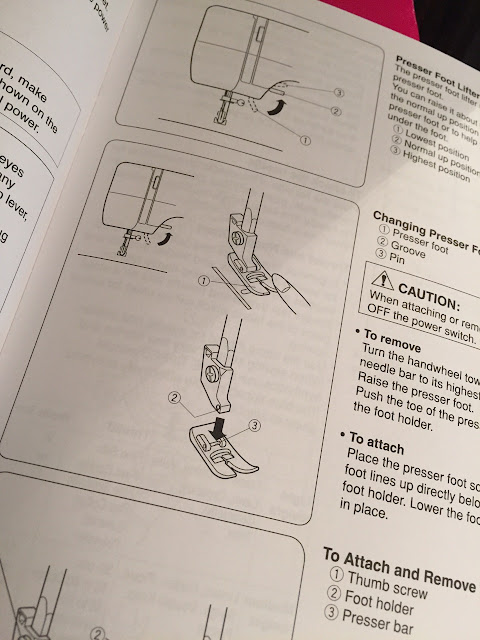
If you're a devoted straight-stitcher like me, you'll be happy to learn that on the Janome you can also use the vintage Singer straight-stitch presser foot -- my favorite due to its narrow toes and open design. Just make sure you take it off if you switch to zigzag or you'll break a needle.

Overall, the pedal works well. It starts the machine easily (without having to turn the handwheel, which I tend to do out of habit anyway) and relatively smoothly, and slows the machine when necessary.
The Janome winds bobbins beautifully -- balanced and very full. It's also a cinch to thread.
Apparently this machine doesn't require oiling; we'll see. (Oiling isn't mentioned in the manual.)
CONS
Having owned this only one day but tested it thoroughly, I cannot identify any cons. That's right: NO cons. The feed dogs don't drop, but it comes with a nifty, easy-to-use feed-dog cover.
Remember, this is a $100 machine though it's mechanically identical to a machine that sells for a bit more (the 2212). Despite its Kitty cuteness, it's not a toy. It's ideal for the casual sewer, a beginner-level sewer, and especially, a (supervised) child. But it has everything I need too. Even a decent buttonhole, though I prefer the ones I make with my Singer buttonholer.

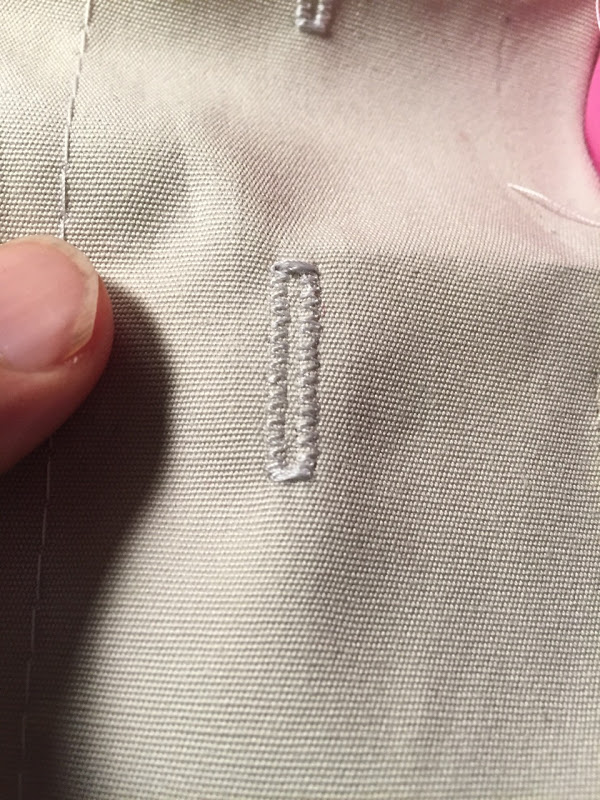
It hasn't struggled with anything I've put under the presser foot so far -- including 8 layers of wool flannel. That said, I wouldn't use it for automobile upholstery.
If you demand the Mercedes-of-sewing-machines, this may not meet your expectations. But if you're fine with a Ford, you'll be quite contented.
Finally, would a boy feel comfortable sewing on a pink Hello Kitty sewing machine? This boy did.
Here it is next to my Bernina 930. The Janome is a full-sized machine.

I'm keeping my Janome 14412 for now. I want to see how it handles shirtmaking. My hunch is that it will do just fine.
In closing, I know many (most) of my readers think $100 is better spent on an all-metal vintage machine and maybe they're right. But for a first-time sewer who just wants to plug it in and sew (after reading the manual first, of course), I think this Janome model is an excellent choice. I'll keep you posted if anything happens to change my mind.
More about the 14412 on the
Janome website (PS - nobody sells this model for the MSRP of $249).
Have a great day, everybody!













































